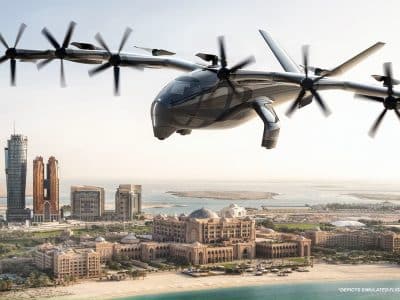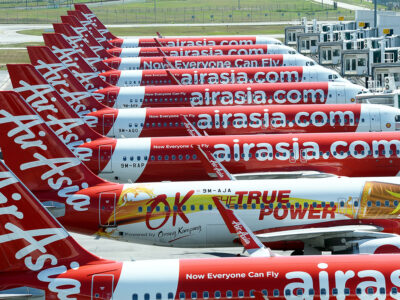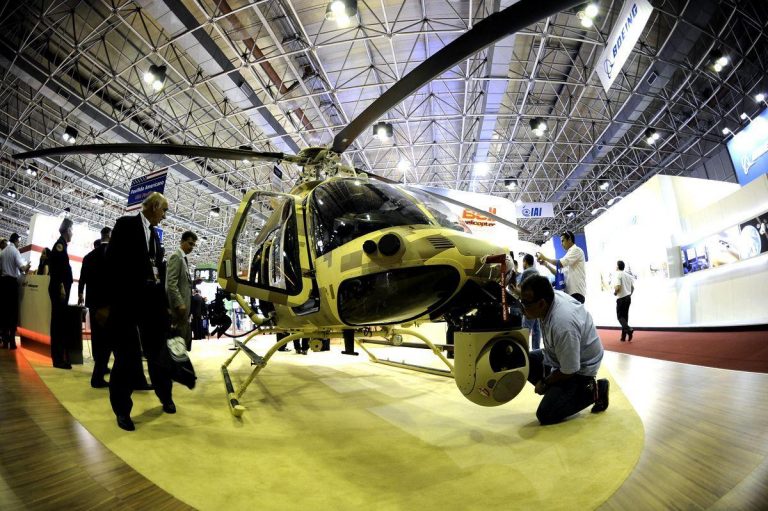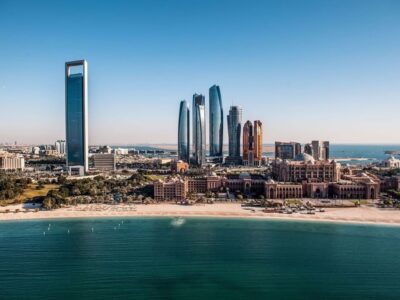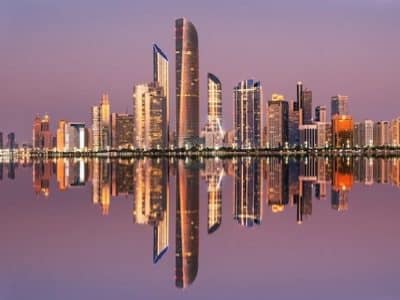The increasing wealth in the Middle East will see helicopter sales soar by 50 percent in the next decade, according to leading international helicopter manufacturer Bell Helicopter.
The US-based company already has 2000 helicopters in the region, accounting for one-third of the total, and Bell senior vice president Robert Hastings said that was set to increase to 3000 in the next 10 years.
“It’s definitely a growing market,” Hastings told Arabian Business on the sidelines of the Dubai Airshow.
In a sign of the region’s growing influence on the helicopter industry, Abu Dhabi Aviation, the largest commercial helicopter operator in the Middle East, will be the first in the world to take delivery of Bell’s newest model, the Bell 412EPI.
In an announcement at the Dubai Airshow this week, Bell said the helicopter would be delivered by the end of the year and would provide the company, which particularly serves offshore oil and gas fields, with better performance in the UAE’s hot conditions.
The UAE also could become only the second state to own the groundbreaking V-22 Osprey – the first helicopter with a tilt-rotor so it lifts like a helicopter but then flies like an airplane.
The V-22, which has recently gained much media attention assisting in humanitarian efforts in the Philippines, has twice the speed, three times the payload and five times the range of traditional helicopters, increasing its potential uses.
Hastings said the UAE had been in talks with the US about purchasing a V-22. All military aircraft sales are made only through governments, meaning Bell has no knowledge of whether the discussions have advanced.
“The UAE has expressed interest in the V-22,” Hastings confirmed.
But it’s the region’s rich individuals seeking their own VIP transport that are leading the way in helicopter purchases in the region.
Hastings said it was common in emerging markets for wealthy people to increasingly buy helicopters – fitted with more luxurious seats, sound proofing and other comforts – before governments follow.
“There’s more interest in the VIP aircraft in this market than most markets,” he said.
“Where markets … are doing very well, VIP aircraft tends to emerge very quickly; it’s where people have interest.
“Governments usually fall behind, [before] they start to realise the value of motor aircraft, so then you see more police helicopters, more helicopters in the air for emergency medical services.
“One of the things we’ve noticed is … the sale of helicopters matches GDP, so when we see GDP up 2-3 percent, you see rotor sales up 2-3 percent. It almost follows exactly.”
As sales in the region grow, so too is its influence in the production of Bell helicopters.
Two of the 16 helicopter operators on a panel helping to shape the next model, The Bell 525, are from the Middle East.
“We’re designing that aircraft to be perfect for customers,” Hastings said.
“[Middle East buyers want] performance in high temperatures, so this aircraft will perform very well in these temperatures. And it’s long range – the oil platforms are moving further and further out into the deep water so this aircraft will be able to fly further out to those platforms.”
Hastings conceded the desert-like landscape of the Gulf was a challenge for operating helicopters, with the infamous air swell caused by rotating rotors disturbing the sand.
“That’s been a concern for everyone one of these [helicopter models]. Everyone who flies a helicopter here knows about sand.”
